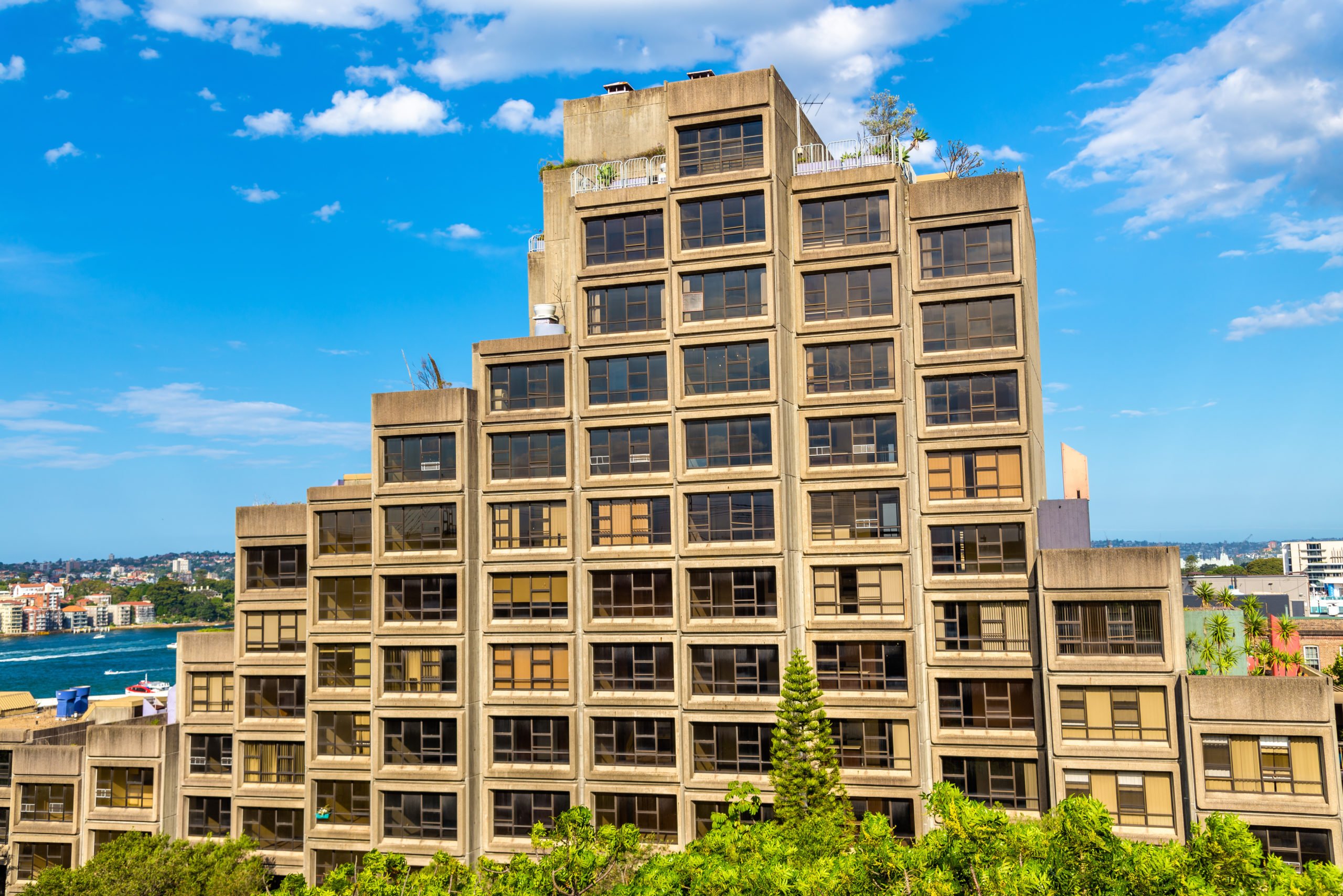The injunction to “stay at home” is central to Australia’s pandemic response. Yet Australia’s housing market, dominated by the whims of the private sector, is rife with inequities that have become all the more glaring during the pandemic – and which must be addressed as part of a meaningful recovery.
This year, there has been a significant amount of research into the state of Australia’s housing that has revealed the crises of access and safety exacerbating the wider public health crisis of the pandemic. Taken together, they paint a grim picture and highlight the need for significant and substantial action.
A number of reports have identified increased homelessness across Australia, with these sharp increases projected to further spike by up to 9% this year. Those most at risk include those left behind by the piecemeal and uneven jobs recovery, those unable to work who have been deliberately left out of most income subsidies, and large numbers of workers on low incomes.
Many of these workers perform roles that are deemed “essential”, yet their needs are not treated this way – workers in services, retail, and care sectors have been identified as at increasing risk of homelessness. Not only can these workers not “work from home,” but they are also more likely to be in unstable employment where the depression of wages and conditions has meant that they are at greater risk of housing insecurity at the very moment their labour is relied upon most.
Where people on lower incomes have been able to access housing, it is often precarious, and less likely to be fit for purpose. Recent research has highlighted the energy inefficiency of much social housing, and wider issues of poor quality leading to health risks such as mould exposure for those in the private rental market.
Meanwhile, housing overcrowding, and the inability to safely isolate, has been a key contributor to the spread of COVID-19, particularly the Delta variant. Living in poor quality, overcrowded and cramped housing during lockdown has been identified as a contributor to poor physical and mental health, which will in turn increase pressure on over-strained healthcare systems as the pandemic stretches on.

These problems are not inevitable features of the Australian economy but are the product of political choice. For decades, Australia has been coasting on the housing investments made by earlier generations, whittling away at the public housing stock constructed through to the 1970s, failing to sufficiently replace, update, and expand these resources to offset the increasing inequality of the housing market. Over that same period, the erosion of working rights and conditions, and the increasingly punitive culture constructed around welfare, has fed the increasing gap between Australia’s richest and poorest, as resources that were once constructed for the public good have been sold off to the highest bidder.
There have been some recent steps towards meeting this need, yet these highlight the need for much greater action, including at the federal level. In the past decade alone, the Federal Government has cut investment in homelessness prevention and social housing by $1 billion.
The need for a strategic vision on housing is clear: the need is already vast, and it will only increase in future. Steps like those recently taken in Victoria are a start, but much more is needed throughout Australia if the vastly increased need produced by the pandemic is to even begin to be met.
There are traditions and resources to draw on in facing that need however, which indicate how a different future might be possible to fight for. One high-profile recent debate over public housing was fought over Sydney’s Sirius Building – while its distinctive architecture still proves divisive, there was a significant outcry at the idea of selling off a building that was constructed as a testimony to the ideal of public housing as a public good.
Constructed in 1978-79 as public housing, sold to private developers in 2019 and now marketed as luxury waterfront investment properties, the Sirius building remains an iconic monument to the idea that public housing “lifts the floor” for society overall, by treating people and their needs with dignity and care. While its public mission has been sold for profit, the shell of the building still stands – a tangible marker of what can be built, and what must be defended, if there is only the political will behind it.






SHARE:
Stay at home? Housing must be considered in public health and economic recovery